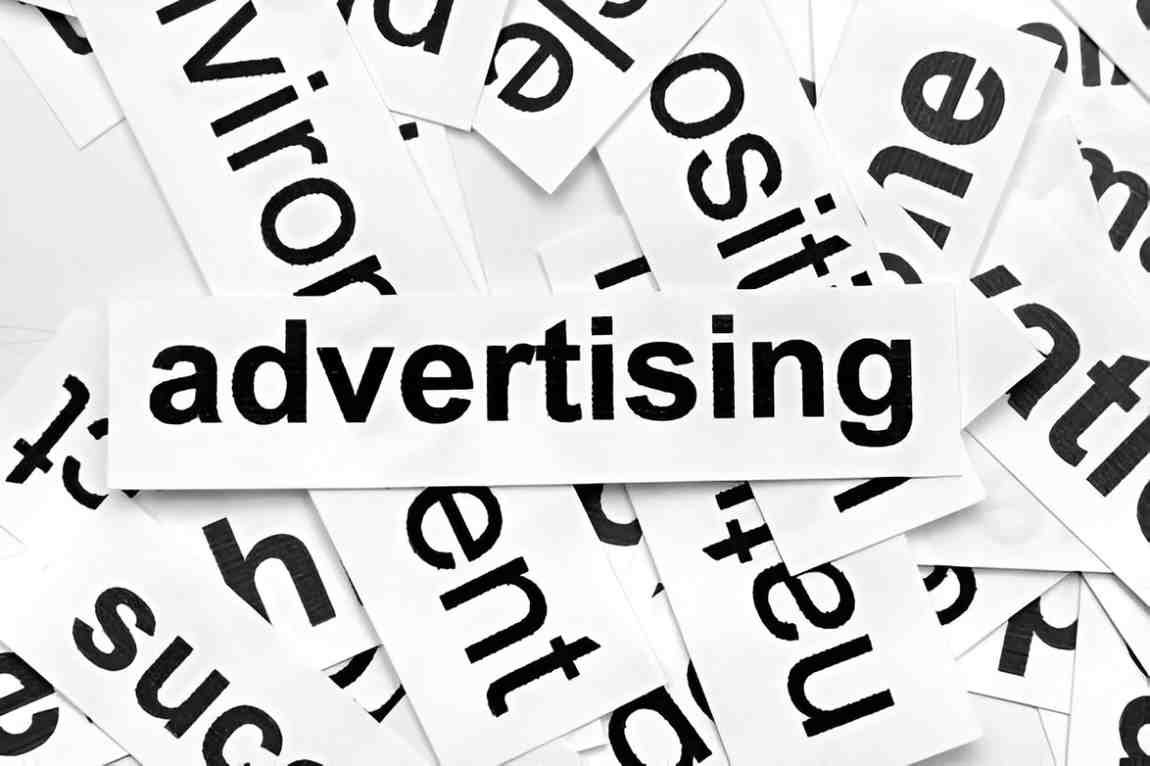Introduction
Marketing strategies evolve as consumer behavior shifts. One approach that has stood the test of time is primary-demand advertising. Unlike brand-specific promotions, primary-demand advertising focuses on increasing demand for an entire product category rather than a single brand. In this article, I explore the mechanics, benefits, and strategic applications of this approach, backed by real-world examples, mathematical models, and economic reasoning.
Table of Contents
What Is Primary-Demand Advertising?
Primary-demand advertising aims to educate consumers about the benefits of a product category rather than pushing a specific brand. Think of the classic “Got Milk?” campaign. Instead of promoting a particular dairy brand, it encouraged milk consumption in general.
Key Characteristics
- Category-Centric: Focuses on the product type (e.g., electric cars, almonds, solar panels).
- Educational: Often explains why the product category is beneficial.
- Non-Competitive: Competitors may collaborate (e.g., industry associations funding campaigns).
Comparison: Primary vs. Selective Demand
| Feature | Primary-Demand Advertising | Selective-demand Advertising |
|---|---|---|
| Target | Entire product category | Specific brand |
| Objective | Expand market size | Increase brand share |
| Example | “Pork: The Other White Meat” | “iPhone: Think Different” |
The Economics Behind Primary-Demand Advertising
From an economic standpoint, primary-demand advertising shifts the demand curve outward. If successful, it increases the overall market size rather than just redistributing existing demand.
Demand Shift Formula
The demand function for a product category can be represented as:
Q_d = a - bP + cAWhere:
- Q_d = Quantity demanded
- P = Price
- A = Advertising expenditure
- a, b, c = Constants
Primary-demand advertising increases the intercept term a, leading to higher demand at every price level.
Example Calculation
Assume:
- Initial demand: Q_d = 100 - 2P
- After a $1M ad campaign: Q_d = 150 - 2P
At P = 20:
- Before: Q_d = 100 - 2(20) = 60
- After: Q_d = 150 - 2(20) = 110
The campaign increased demand by 83% at this price point.
When Should Businesses Use Primary-Demand Advertising?
Not all industries benefit equally. I identify three scenarios where it works best:
- Emerging Markets – New product categories (e.g., plant-based meat) need consumer education.
- Commodity Products – Undifferentiated goods (e.g., cotton, milk) where brands struggle to stand out.
- Industry-Wide Challenges – Declining demand (e.g., diamonds due to synthetic alternatives).
Case Study: The Almond Board of California
Almond growers faced stagnant demand in the 2000s. The Almond Board launched campaigns promoting almonds as a healthy snack. Result? U.S. almond consumption doubled in a decade.
Measuring Effectiveness
How do we know if primary-demand advertising works? Key metrics include:
- Category Sales Growth – Track total market sales before and after campaigns.
- Consumer Awareness – Surveys assessing familiarity with the product category.
- Price Elasticity Shifts – If demand becomes less price-sensitive, ads are working.
ROI Calculation
Suppose an industry spends $5M on ads, leading to $50M in additional category sales. If my brand holds a 20% market share, my gain is $10M.
ROI = \frac{10M - 5M}{5M} \times 100 = 100\%Challenges and Criticisms
Primary-demand advertising isn’t flawless. Some drawbacks:
- Free-Rider Problem – Smaller brands benefit without contributing to ad costs.
- High Costs – Industry-wide campaigns require substantial funding.
- Slow Results – Unlike direct-response ads, effects may take years.
Mitigation Strategies
- Mandatory Participation Fees – Trade associations enforce contributions.
- Government Partnerships – USDA’s “Beef: It’s What’s for Dinner” campaign.
Future of Primary-Demand Advertising
With digital media, hyper-targeted ads dominate. Yet, primary-demand strategies remain relevant, especially for sustainability-driven categories like:
- Renewable Energy – Solar panel adoption campaigns.
- Electric Vehicles – Broader EV promotion beyond Tesla.
Predictive Modeling
Using regression, we can forecast ad impact:
Sales_t = \beta_0 + \beta_1AdSpend_t + \beta_2GDP_t + \epsilon_tWhere \beta_1 measures ad effectiveness.
Conclusion
Primary-demand advertising is a powerful yet underutilized tool. By expanding entire markets, businesses can achieve long-term growth rather than just fighting for market share. Whether you’re in agriculture, tech, or energy, understanding this strategy can unlock new opportunities.





